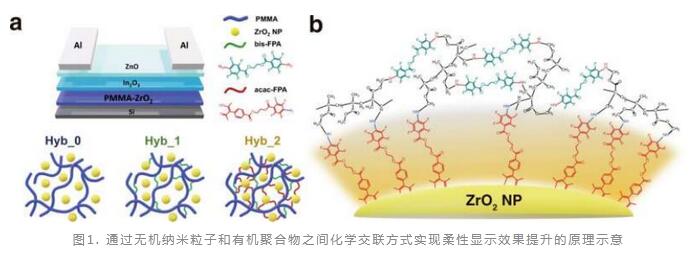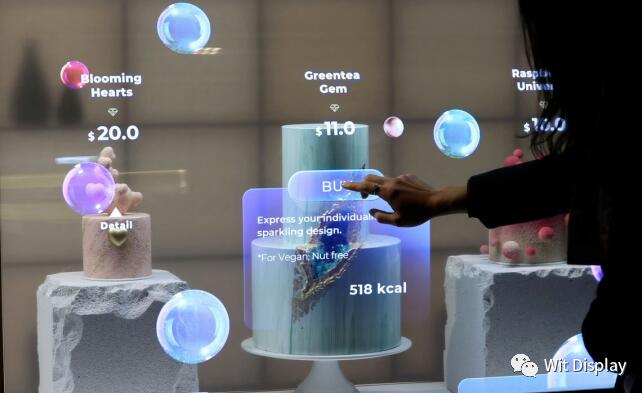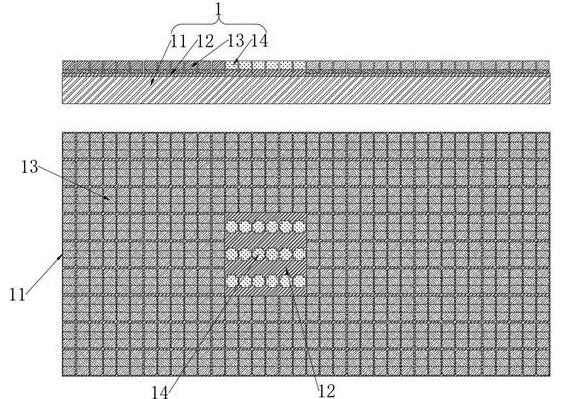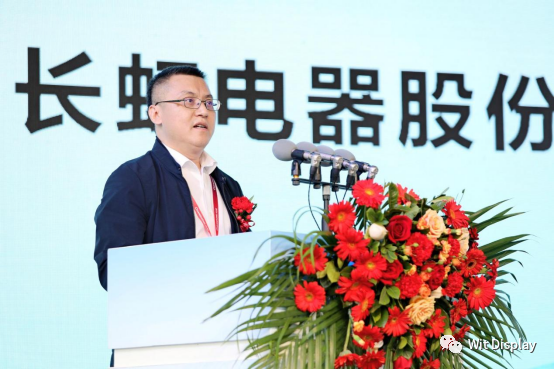South Korean university research team proposes thin film transistor technology to improve the perfor
- author:
- 2022-11-24 09:30:48
Pohang, South Korea, February 17, 2023. As we all know, display technology has made great progress in recent years, and it has also given rise to strong consumer demand for electronic products equipped with foldable and flexible panels. At present, in this field, whether it is traditional LCDs or emerging oled and Micro-LED displays, whether it is rigid displays or flexible displays, its driving solutions are mainly based on thin film transistor (TFT) technology.

According to foreign media Miragenews Bioengineer, as a key module driving the backplane, its role is simply a switch that can be controlled by voltage. With the penetration of flexible applications, more and more companies and research institutions are beginning to study TFT drive technology. Of course, in addition to the flexible attributes mentioned here, there are many factors that promote the marketization of next-generation displays, such as charge transfer speed, operational stability and production cost reduction.
Recently, a research team from Pohang University of Science and Technology in South Korea proposed an efficient crosslinking scheme for dense and defect-free thin films with organic-inorganic mixed dielectric layers through in-depth research. This solution will be able to further improve the performance of flexible displays through optimization of thin film transistors. Its research results have been published in the journal Nature Communications in the form of papers.
In recent years, the global development of networking has greatly increased interest in metal oxide semiconductor-based circuit solutions with low standby power consumption. In this field, people pay special attention to and hope to develop some TFT materials that can support low-cost solution processes. Among the several semiconductors currently under study that support solution processing, metal oxides are considered to have the most application potential and are also the most successfully researched TFT thin film transistor material platform. This material usually has very high carrier mobility and very good operating stability.
In this context, Professor Dae Sung Chung from the Department of Chemical Engineering at Pohang University of Science and Technology and his research team proposed an efficient cross-linking strategy for organic-inorganic hybrid dielectric layers. It is understood that this cross-linked dielectric layer can covalently attach inorganic particles to the polymer. On the other hand, these researchers developed an organic-inorganic hybrid dielectric layer with a dense, defect-free film morphology by means of azide functionalizing acetylacetone.
The organic-inorganic mixed dielectric layer fabricated in this way can greatly reduce the leakage current when driving thin film transistors, so it can support the display to be driven with low power. In addition, the manufacture of this kind of dielectric layer with excellent physical properties is not complicated and some common solutions can be used. Taken together, this means that this new solution can greatly reduce the manufacturing cost of thin film transistors. On the other hand, this material also allows manufacturers to manufacture thin film transistors on flexible substrates because it supports low-temperature heat treatment processes.
Professor Zhong, the principal researcher of the study, explained: The thin-film transistor with efficient stability we have developed will support the next generation of flexible electronic devices (such as wearable devices). In the future, this new oxide semiconductor material is expected to contribute to the development of basic technologies in memory, display and other industries. quot;
TAG:
Guess you want to see it
Popular information
-
South Korean university research team proposes thin film transistor technology to improve the perfor

-
TCL Huaxing showcases the world's first 65-inch 8K printed OLED display

-
First in Europe! Sony Black Crystal virtual production studio completed

-
Hisense released a 100-inch thousand-level zone TV E8K, opening a new era of 100-inch giant screens

-
Division 2304! Skyworth launches 27-inch Mini LED display

-
Sharp launches a 42-inch e-ink screen poster: it can be displayed even when power is turned off

-
The OLED TV market has exploded 1500 times in 10 years: it will exceed 10 million units in three yea

-
Sony launches new Crystal LED black crystal BH and CH series small-pitch LED displays launched in Ap

-
South Korea launches Ex-OLED strategy to ensure leapfrog technology

-
Zhaochi Semiconductor: Announced two invention patents related to Micro LED chips

the charts
- The OLED TV market has exploded 1500 times in 10 years: it will exceed 10 million units in three yea
- The world's first 120-inch 4K Mini LED direct-display super TV
- Mojo Vision develops the world's highest density Micro LEDs
- Zhouming Group's Lampu brand renewal and upgrade have been released!
- First in Europe! Sony Black Crystal virtual production studio completed
- Zhaochi Semiconductor: Announced two invention patents related to Micro LED chips
- South Korean university research team proposes thin film transistor technology to improve the perfor
- South Korea launches Ex-OLED strategy to ensure leapfrog technology
- Sony launches new Crystal LED black crystal BH and CH series small-pitch LED displays launched in Ap
- Changhong released 8K high brush Mini-LED TV




